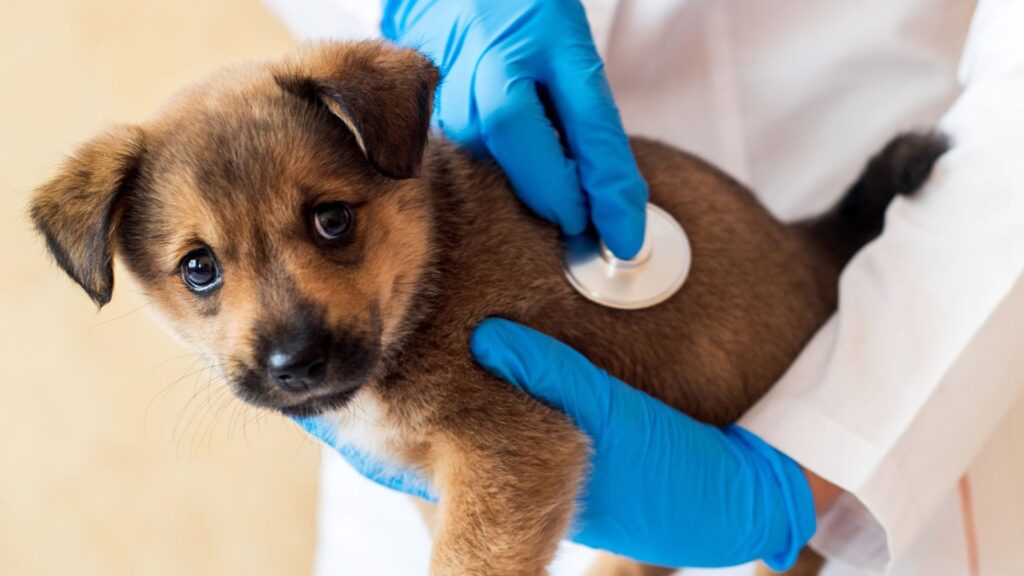Taking your dog to the vet is an essential part of keeping them healthy and happy. However, vet visits can sometimes be stressful for both you and your furry friend, especially if they aren’t used to the experience. Fortunately, a little preparation can go a long way in making the process smoother and more enjoyable for everyone involved.
Here are some practical steps to help you prepare your dog for their next checkup from an Animal clinic in North Little Rock.
1. Familiarize Your Dog with the Vet Environment
For many dogs, visiting the vet is stressful simply because it’s unfamiliar. The sounds, smells, and other animals can be overwhelming. To ease this anxiety, try introducing your dog to the vet environment ahead of their appointment.
Take casual trips to the vet clinic without an actual checkup. Walk them around the parking lot or sit briefly in the waiting area if the clinic allows it. Bring treats and reward your dog for calm behavior during these visits. Over time, these positive exposures can help your dog associate the vet clinic with something enjoyable rather than scary.
2. Practice Handling and Examination at Home
Dogs are more likely to stay calm during a vet checkup if they’re comfortable being handled in ways that mimic a veterinary exam. At home, practice gently touching areas like their paws, ears, and mouth. Lift their tail, check their teeth, and lightly press on their belly, these are all actions your veterinarian may do during an appointment.
Keep the sessions short, positive, and reward-based. Use treats or praise to build a positive association with being handled. This practice helps reduce their sensitivity to touch, making the vet’s examination smoother and less stressful for your dog.
3. Prepare Your Dog for Car Rides
For dogs who dislike car rides, the trip to the clinic can be the first hurdle. If your dog isn’t used to car rides or gets anxious during them, start with short practice trips to help them acclimate. Drive them around the neighborhood and gradually increase the duration of the rides.
Make the car a positive space by bringing their favorite toy or blanket and rewarding them with treats. Also, ensure they are safely restrained with a pet seat belt or in a comfortable carrier to prevent them from moving around or feeling unsteady. A calm car ride sets the tone for a more relaxed vet visit.
4. Gather Necessary Documents and Information
Before the appointment, make sure you have everything your vet might need. Gather your dog’s medical records if you’re visiting a new clinic or updating their files. Be prepared to discuss their medical history, including any past illnesses, allergies, or medications they’re currently taking.
It’s also helpful to prepare a list of questions or concerns you’d like to discuss with the vet. Whether it’s changes in your dog’s appetite, new behaviors, or potential health issues, having a list ensures nothing is forgotten during the checkup.
5. Plan the Visit at a Convenient Time
Timing can play a big role in reducing stress for both you and your dog. Schedule the appointment at a time when your pet is naturally calmer. For example, if your dog tends to have high energy in the mornings, try an afternoon appointment when they’re more relaxed.
Avoid scheduling the visit during your dog’s meal or nap times, as this could make them more irritable or restless. Also, consider your own schedule, and choose a time when you can remain calm and focused. Your energy and mood often influence how your dog feels.
Bonus Tips for a Stress-Free Vet Visit
- Bring your dog’s favorite treats or toys to use as a distraction and reward for good behavior.
- Stay calm and confident during the visit. Dogs are highly attuned to your emotions, so your reassurance can help them relax.
- Give your dog plenty of exercise before the appointment, as burning off excess energy can make them more relaxed.
Conclusion
Preparing your dog for a vet checkup doesn’t have to be a challenging task. By taking small, thoughtful steps, you can make the experience smoother and less stressful for both of you. A little effort goes a long way in ensuring your dog feels secure and cared for during their visit, allowing you to focus on their health and well-being.



